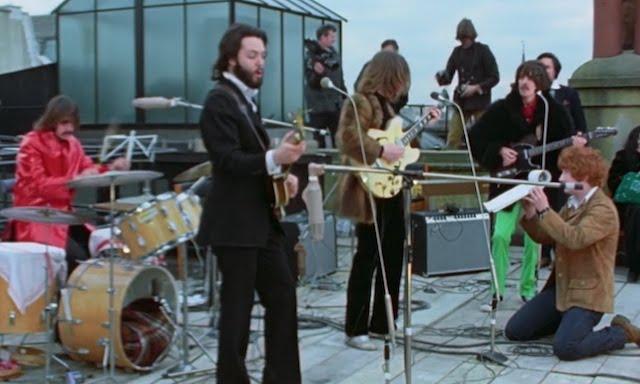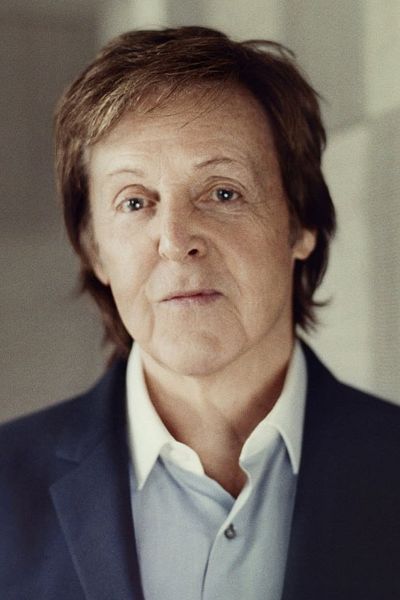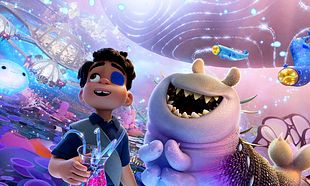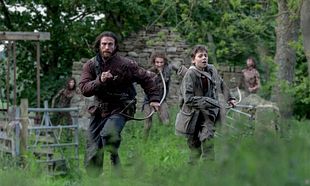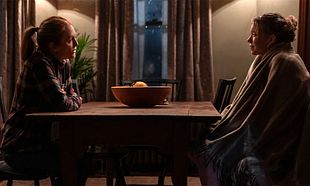Most people will recognise the setting of the Beatles' final public performance from one of possibly two parodies.
One is The Rutles, and 'All You Need Is Cash'. The other is The Be-Sharps, from an episode of 'The Simpsons' where Homer, Apu, Skinner, and Barney perform their hit single 'Baby On Board' on the roof of Moe's Bar. George Harrison drives by in a limo, leans out the window and scoffs at them, saying "It's been done." There are no other final live performances quite so iconic and mythic as the rooftop concert by The Beatles on a cold January afternoon in 1969, marking their final public performance. It has been written about, talked about, analysed, dissected, and parodied for the past fifty years.
Yet, what makes the movie so fascinating to watch isn't just Peter Jackson's extensive restoration work, or the daring original filming by Michael Lindsay-Hogg. It's how surprisingly mundane the surroundings are, and how inconsequential it felt. You don't feel the weight of history behind any of the footage, rather it feels fresh, alive, spontaneous, and almost comically so. You see Paul McCartney bouncing up and down on the dodgy floorboards of the roof. John Lennon remarks that his hands are freezing up. Ringo Starr winks at his pretty wife in between takes. George Harrison shares a smoke with Billy Preston. Even though they're arguably the biggest band in history, the intimacy is maintained and even heightened by the fresh audio and the lively banter. There's no great ceremony to any of it. There's even women's tights over the microphones - put there by Alan Parsons of the eponymous prog-rock supergroup, then just working as a tape operator and assistant engineer for the rooftop concert.
Likewise, when the police rock up (no pun intended) to the reception of the building, Jackson's eye for visual storytelling snaps into focus. The two police constables, who ended up shutting the whole thing down, are practically vibrating with vexation as a split-screen shows the band blasting away on their instruments above them. When the police constables appear on the roof later on, you can see Paul light up with amusement. As John, Paul, George and Ringo sway to the music they're making, the audience on the street glance up and appreciate the whole thing with a passing amusement. It's that thing of witnessing history and not realising it that the movie captures so well from its downtown moments, making it all the more bittersweet. Nobody could have known for sure that this would be their last public performance. They themselves didn't even seem to know it. They all look so alive, so carefree and enjoying themselves that you wouldn't know it to look at it that this would be the end of something, not the beginning.
Neither the text that comes up during the performance or any of the postscripts feel the need to highlight this. We all know what came next, and ultimately, when it all ended. That kind of graceful editing, knowing what to omit and what to leave in, is what keeps it from being just any old concert movie. The restoration work, and the new IMAX sound mixing, means it all comes alive on screen in a way that grainy footage and a flat TV sound wouldn't capture. Seeing it in a cinema is like looking through a window of time, placing us right in the middle of music history.
Consequently, you'll walk away from 'The Beatles - Get Back: The Rooftop Concert' with a hole in your heart from realising it never got better than this.
